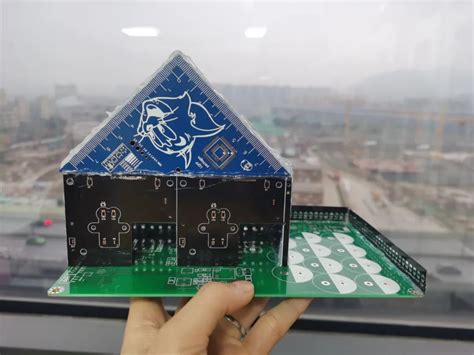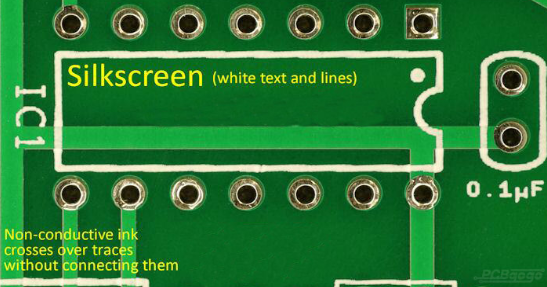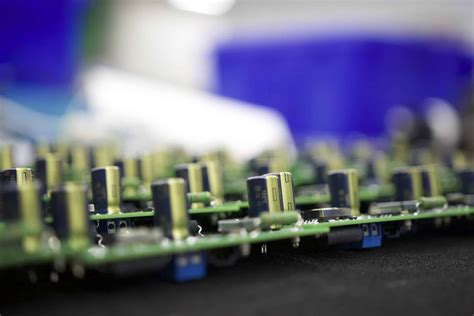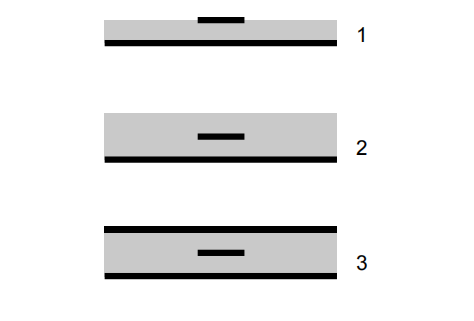Optimizing PCB Fabrication Costs and Turnaround With Expert Assembly
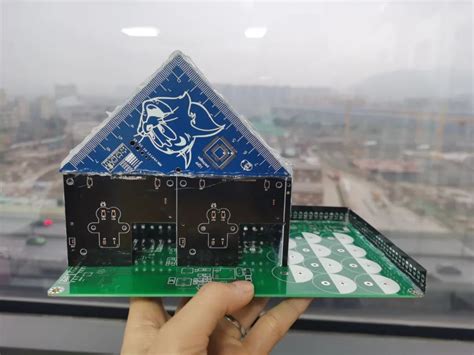
Key Takeaways
When navigating PCB manufacturing, understanding cost drivers and efficiency levers proves critical. Leading PCB manufacturing companies achieve 18-35% cost reductions by integrating fabrication and assembly under single-source partnerships—eliminating logistical bottlenecks that inflate prototyping phases and delay volume production.
Three primary factors influence PCB manufacturing cost:
- Design complexity (layer count, material selection)
- Component availability (obsolete parts vs. JIT sourcing)
- Order volume (economies of scale vs. MOQ constraints)
| Traditional Approach | Integrated Fab House Model |
|---|---|
| Fragmented suppliers | Unified PCB manufacturing business oversight |
| 4-6 week lead times | 10-15 day consolidated cycles |
| 12% avg. markup | 5-8% bundled pricing |
By aligning with partners offering concurrent engineering, you mitigate late-stage redesigns that consume 22% of development budgets. Proactive DFM collaboration during layout phases reduces material waste, while shared ERP systems synchronize component inventories across your supply chain. For startups, hybrid models balancing low-volume prototyping agility with scalable bulk transitions prevent overcommitment to under-optimized designs.
Prioritize vendors providing real-time cost analytics dashboards—transparency in labor, substrate, and testing fees lets you benchmark against industry standards. Remember: certification compliance (ISO 9001, IPC-A-610) remains non-negotiable when vetting PCB manufacturing companies for mission-critical applications.
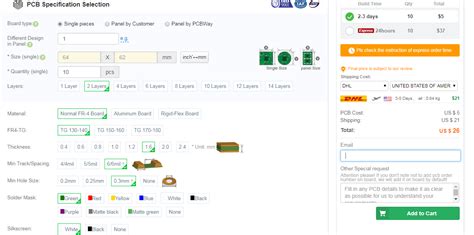
Strategic PCB Fabrication Cost Optimization
Reducing PCB manufacturing cost without compromising quality begins with aligning design choices with production realities. By focusing on design-for-manufacturability (DFM) principles early, you avoid costly revisions later. For instance, simplifying board geometries or standardizing layer counts can lower material waste and labor hours. Partnering with experienced PCB manufacturing companies ensures access to advanced fabrication techniques, such as panelization or automated testing, which optimize resource utilization.
Tip: "Always request a DFM review before finalizing designs—experts often spot cost-saving opportunities invisible during schematic design."
Another key tactic involves leveraging economies of scale. While prototyping is inherently expensive, consolidating orders or negotiating bulk pricing with your PCB manufacturing business partner can smooth cost spikes. Integrated assembly services further reduce overhead by merging fabrication and component sourcing, minimizing logistical delays. For example, established suppliers often provide volume discounts on substrates or finishes like ENIG or HASL.
Material selection also plays a pivotal role. Opting for FR-4 instead of high-frequency laminates in non-critical applications slashes PCB manufacturing expenses by up to 30%. Similarly, standardizing component packages across projects simplifies procurement and reduces lead times. By balancing technical requirements with cost drivers, you create a leaner workflow that maintains competitiveness without sacrificing reliability.
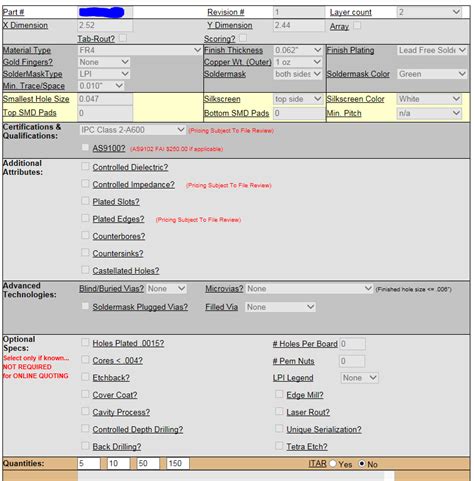
Integrated Assembly Partnerships Reduce Expenses
By consolidating PCB manufacturing and assembly under a single partner, you eliminate supply chain redundancies that inflate costs and delay timelines. Leading PCB manufacturing companies leverage integrated workflows to synchronize material procurement, fabrication, and component placement, reducing overhead from managing multiple vendors. For instance, when design files and bill of materials (BOM) are shared early, partners can identify cost-saving opportunities in panelization or material substitutions without compromising quality.
This approach also minimizes PCB manufacturing cost by streamlining logistics—fewer handoffs mean fewer errors and faster resolution of issues like component shortages or tolerance mismatches. Moreover, partnerships with full-service providers often grant access to bulk pricing for substrates and components, further lowering per-unit expenses. For PCB manufacturing business models prioritizing scalability, such synergies enable smoother transitions from prototypes to high-volume orders.
By aligning your goals with a partner’s expertise, you transform assembly challenges into predictable, budget-friendly processes. The result? A holistic cost structure that maintains speed and precision while avoiding the hidden fees of fragmented workflows.
Streamlining Prototype-to-Production Workflows
When transitioning from prototype validation to full-scale manufacturing, aligning your design process with PCB manufacturing best practices becomes critical. By establishing early collaboration with PCB manufacturing companies, you gain access to real-time DFM feedback that identifies potential cost drivers before tooling begins. This approach minimizes redesign cycles, ensuring prototypes meet both performance benchmarks and PCB manufacturing cost targets.
Leading PCB manufacturing business partners leverage integrated component sourcing networks to address material shortages or obsolescence risks during scale-up. These strategies prevent delays caused by fragmented supplier coordination, a common bottleneck in multi-vendor setups. Partnering with a single fabrication-assembly provider further streamlines workflows by synchronizing fabrication timelines with inventory management, reducing supply chain bottlenecks that inflate lead times.
For complex designs, advanced manufacturers employ automated testing protocols during prototype phases, catching defects earlier and lowering rework expenses. This proactive validation ensures bulk production readiness while maintaining compliance with industry standards. The result? Faster time-to-market without compromising on PCB manufacturing quality—a balance that hinges on unifying design, fabrication, and assembly under one responsive partnership.
Expert DFM Collaboration Lowers PCB Costs
Effective PCB manufacturing relies on design-for-manufacturability (DFM) principles to eliminate costly redesigns and material waste. By collaborating with PCB manufacturing companies early in the design phase, you gain access to engineering insights that identify potential production bottlenecks before prototyping begins. For instance, adjusting trace widths or pad geometries to match a fab house’s capabilities can reduce PCB manufacturing cost by 12–18% while maintaining performance.
Experienced partners analyze your design files for manufacturing feasibility, recommending optimizations like standardized panel sizes or alternative substrate materials. This proactive approach avoids late-stage changes—a common driver of budget overruns in the PCB manufacturing business. For example, substituting a high-Tg FR-4 variant for a specialty laminate might cut material expenses by 30% without compromising thermal resilience.
Real-time DFM feedback loops also accelerate approvals, shortening timelines by aligning design iterations with fabrication workflows. By contrast, working with disconnected design and fabrication teams often leads to mismatched tolerances or over-engineered features. Integrating DFM expertise ensures your board’s complexity matches both application requirements and cost targets, creating a smoother transition to volume production.
This strategic alignment not only lowers per-unit expenses but strengthens supply chain predictability—a critical advantage when scaling PCB manufacturing operations.
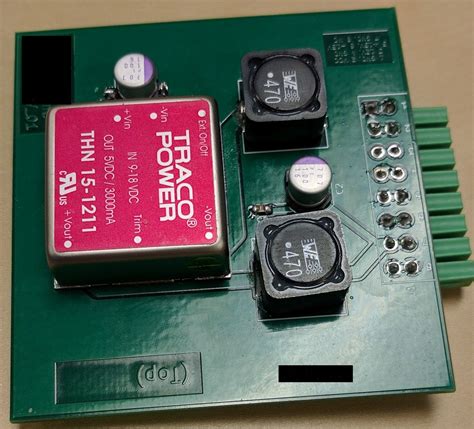
Component Sourcing Strategies for Faster Delivery
When partnering with PCB manufacturing companies, streamlining component procurement directly impacts both timelines and PCB manufacturing cost. Start by leveraging your fab house’s integrated supplier networks to access vetted vendors with verified stock availability. Many PCB manufacturing specialists maintain real-time inventory tracking, enabling you to bypass delays caused by obsolete or long-lead-time parts. For high-volume orders, consolidating purchases through a single PCB manufacturing business can unlock bulk pricing and reduce logistical overhead.
Prioritize design-for-procurement practices during prototyping—such as substituting hard-to-source components with equivalent alternatives—to avoid bottlenecks during scaling. Advanced fab partners often provide component lifecycle analysis, alerting you to impending discontinuations or supply chain risks. This proactive approach ensures continuity in PCB manufacturing while keeping costs predictable.
Finally, align your Bill of Materials (BOM) with your fab house’s preferred parts library. This not only accelerates assembly but also minimizes errors from mismatched specifications. By embedding sourcing efficiency into every stage of PCB manufacturing, you maintain momentum from prototype validation to full-scale production without sacrificing budget or quality.
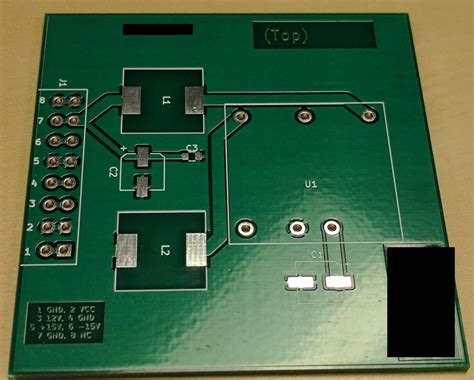
Balancing Speed and Budget in PCB Manufacturing
Achieving equilibrium between rapid production and cost efficiency in PCB manufacturing requires a strategic approach to design and process optimization. Leading PCB manufacturing companies often emphasize design for manufacturability (DFM) principles to eliminate costly revisions and delays. By focusing on standardized materials and panelization techniques, you can reduce PCB manufacturing cost without compromising quality. However, accelerating timelines demands more than just design adjustments—it hinges on aligning with partners who offer integrated component sourcing and flexible production scheduling.
For PCB manufacturing business operations, balancing these factors often means prioritizing suppliers with transparent pricing models and proven track records for on-time delivery. Leveraging economies of scale during bulk orders, while maintaining agility for prototype iterations, helps avoid bottlenecks. Advanced planning tools, such as automated yield prediction and real-time inventory tracking, further refine this balance. When working with PCB manufacturing partners, ensure clear communication about priorities: whether to emphasize speed for time-sensitive projects or cost savings for high-volume runs. Collaborative forecasting with your fab house can synchronize material procurement and production cycles, minimizing idle time and expediting turnaround.
Ultimately, the goal isn’t to choose between speed and budget but to optimize both through data-driven decisions and supplier partnerships built on shared efficiency targets.
Optimizing Supply Chains Through Single Fab Partners
Consolidating your PCB manufacturing processes with a single fab partner simplifies supply chain management while reducing overhead. When you rely on multiple PCB manufacturing companies, coordination gaps and fragmented workflows often lead to delays, miscommunications, and inflated PCB manufacturing cost. By aligning with one trusted partner, you streamline procurement, design adjustments, and production scheduling into a unified workflow. This approach minimizes redundant steps, such as requalifying materials across vendors or reconciling differing quality standards, which directly impacts your PCB manufacturing business’s efficiency.
A single-source strategy also strengthens supplier relationships, enabling deeper collaboration on component sourcing and inventory optimization. For instance, integrated partners can leverage bulk purchasing power for shared materials, passing savings to you. Additionally, synchronized data systems between your team and the fab house improve visibility into lead times and potential bottlenecks, allowing proactive adjustments. This agility becomes critical when scaling prototypes to high-volume runs, where even minor supply chain disruptions can amplify costs.
Ultimately, unifying your supply chain under a strategic fab partner not only accelerates timelines but also creates a predictable cost structure—key for balancing speed and budget in PCB manufacturing.
Advanced Assembly Solutions for Complex Designs
When dealing with intricate PCB layouts or high-density interconnect (HDI) designs, partnering with PCB manufacturing companies that specialize in advanced assembly becomes critical. Complex boards often require precision in component placement, multi-layer stacking, and thermal management—tasks that demand both technical expertise and state-of-the-art equipment. By aligning with a PCB manufacturing partner offering automated optical inspection (AOI) and 3D solder paste inspection (SPI), you ensure tighter tolerances and fewer defects, which directly reduces PCB manufacturing cost over time.
These solutions also streamline the integration of specialized features like embedded passives, flexible circuits, or mixed-material substrates. For instance, design-for-manufacturability (DFM) feedback loops during assembly help identify potential bottlenecks early, avoiding costly re-spins. Additionally, consolidated workflows with a single PCB manufacturing business simplify logistics, as suppliers handling both fabrication and assembly can synchronize timelines for faster turnaround. This is especially valuable when scaling from prototypes to bulk production, where consistency across batches is non-negotiable.
Ultimately, advanced assembly isn’t just about technical capability—it’s about aligning your project’s complexity with a partner’s capacity to execute. By prioritizing suppliers with proven expertise in high-mix, low-volume (HMLV) or mission-critical builds, you balance PCB manufacturing cost efficiency with the precision required for cutting-edge electronics.
Conclusion
When navigating the complexities of PCB manufacturing, aligning with the right PCB manufacturing companies can transform how you balance cost, speed, and quality. By leveraging integrated partnerships, you gain access to holistic solutions that address PCB manufacturing cost challenges while accelerating timelines. A single-source PCB manufacturing business eliminates fragmented workflows, enabling seamless transitions from prototyping to bulk production through shared design-for-manufacturability (DFM) insights and synchronized component sourcing.
This approach not only streamlines communication but also strengthens supply chain resilience, as suppliers pre-vetted by your fab partner reduce delays and quality risks. Prioritizing collaborative DFM reviews early in the design phase helps avoid costly revisions, while bulk material procurement agreements further optimize expenses. For time-sensitive projects, consolidated logistics and real-time inventory tracking ensure faster delivery without inflating budgets.
Ultimately, the strategic integration of fabrication and assembly expertise empowers you to meet tight deadlines and complex design requirements while maintaining control over PCB manufacturing cost. By choosing partners who prioritize transparency and scalability, you position your projects for long-term efficiency in an increasingly competitive market.
Frequently Asked Questions
How do pcb manufacturing companies help reduce overall project costs?
By integrating PCB fabrication and assembly services, experienced partners optimize pcb manufacturing cost through design-for-manufacturability (DFM) reviews, bulk material sourcing, and streamlined logistics. This collaboration minimizes redesign cycles and delays.
What factors influence turnaround times in the pcb manufacturing business?
Lead times depend on design complexity, layer count, and component availability. Partnering with a pcb manufacturing expert ensures synchronized material procurement and advanced production planning, accelerating prototypes to bulk orders without compromising quality.
Can DFM collaboration truly lower expenses for complex designs?
Yes. Early DFM feedback from pcb manufacturing companies identifies potential issues like impractical trace widths or component placements, preventing costly revisions. This proactive approach reduces material waste and labor hours.
How do you balance speed and budget in high-mix production?
Prioritize suppliers offering scalable solutions, such as shared panelization for small batches or automated assembly lines for volume orders. This flexibility optimizes pcb manufacturing cost while maintaining rapid delivery timelines.
Why is component sourcing critical for cost-efficient pcb manufacturing?
Strategic partnerships with distributors and in-house inventory management by pcb manufacturing providers mitigate supply chain disruptions. This ensures timely access to high-quality components, avoiding premium pricing for rushed orders.
Explore Advanced PCB Manufacturing Solutions
For tailored strategies to optimize your pcb manufacturing business workflows, please click here to consult our engineering team.

